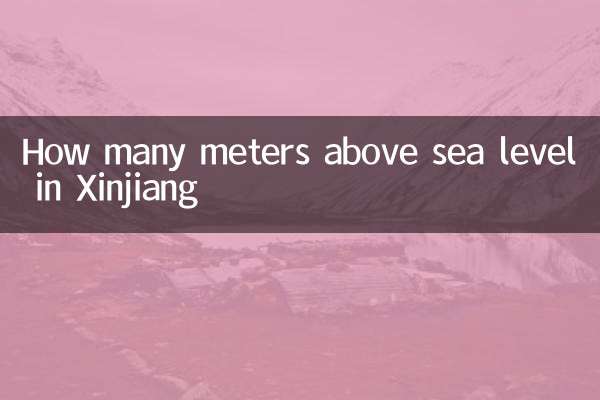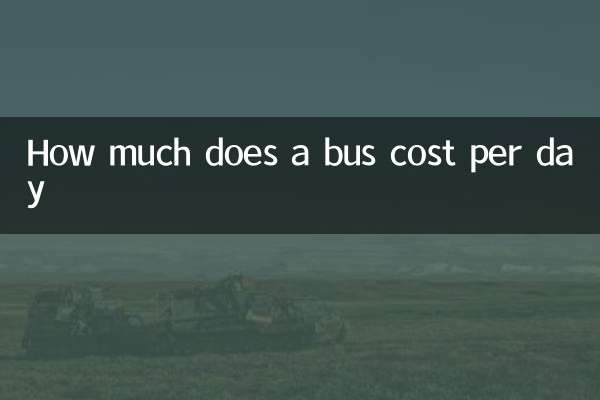How much does a subway cost per stop: Hot topics and structured data analysis on the entire network
Recently, "How much does a subway cost per stop" has become a hot topic on social platforms. Netizens from all over the world have posted local fares, which has triggered widespread discussions about public transportation costs. The following is a structured compilation and analysis of hot content on the entire network in the past 10 days.
1. Comparison of subway fares in major cities across the country

| City | Starting price (yuan) | Incremental rule | Average one-way fee (yuan) |
|---|---|---|---|
| Beijing | 3 | 6-12 kilometers 4 yuan, 12-22 kilometers 5 yuan | 4.5 |
| Shanghai | 3 | After 6 kilometers, 1 yuan will be added for every 10 kilometers. | 4.2 |
| Guangzhou | 2 | 4-12 kilometers plus 1 yuan per 4 kilometers | 3.8 |
| Shenzhen | 2 | 4-8 kilometers plus 1 yuan per 4 kilometers | 4.0 |
| Chengdu | 2 | 4-12 kilometers plus 1 yuan per 4 kilometers | 3.5 |
2. The focus of netizens’ hot discussion
1.Dispute on reasonable fare price: 62% of netizens believe that the current fare is reasonable, the main reason is that it is lower than the taxi fee; 38% of netizens believe that the commuting cost is too high, especially for long-distance passengers.
2.Significant regional differences: The average ticket price in first-tier cities is about 25% higher than that in new first-tier cities, but the salary level varies even more, which triggers discussions on the matching degree of fare prices and income.
3.Special group offers: The implementation of preferential measures such as student cards and senior citizens' cards has become a hot topic of supervision recently, and it has been exposed in many cities that the discount is not implemented properly.
3. Analysis of the calculation method of subway fare
| Billing mode | Applicable cities | Pros and cons |
|---|---|---|
| Mileage segment pricing | Beijing, Shanghai, etc. | Accurate billing but complex calculations |
| Fixed fare price in range | Some second-tier cities | Simple and easy to understand but not accurate enough |
| Mixed billing model | Guangzhou, Shenzhen, etc. | Balanced precision and convenience |
4. International comparison triggers thought
Data shows that China's subway fares are at a medium level worldwide. The average one-way in Tokyo is about 15 yuan, while London is as high as 25 yuan, but the income level of local residents is relatively high. The ticket price for developing countries such as Mexico City is about 2.5 yuan, but the government subsidy ratio reaches 70%.
5. Future trend forecast
1.Dynamic pricing may: 58% of experts predict that peak/flat peak differential pricing may be adopted in the future, similar to aviation and railway systems.
2.Smart payment integration: QR code payment has covered 85% of subway lines, and the next step may be to achieve "face swiping to enter the station".
3.Carbon Points Exchange: The model of redeeming tickets for green travel points is being tested in three pilot cities and is expected to be promoted in 2025.
6. Practical Suggestions
1. Long-distance commuters can purchase monthly tickets, and monthly tickets in cities such as Beijing can save up to 40%.
2. Pay attention to local government affairs apps, and 18 cities have launched "peak-off discounts" activities.
3. Students, the elderly and other special groups remember to apply for discount cards, and the annual savings can reach more than 1,000 yuan.
This hot discussion reflects the increased sensitivity of the public to public transportation costs and also reflects people's livelihood concerns in urban development. Subway operators have expressed that they will continue to optimize the fare system and find a better balance between ensuring operations and people-friendly policies.

check the details

check the details